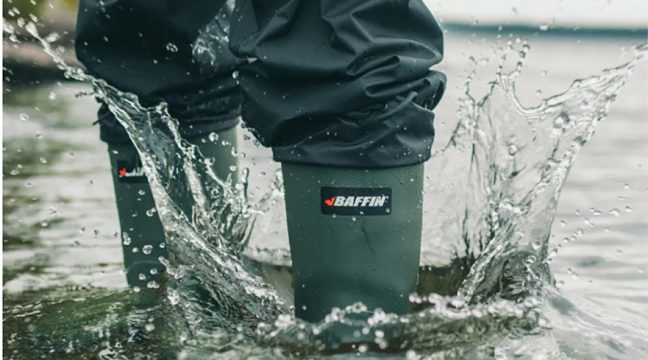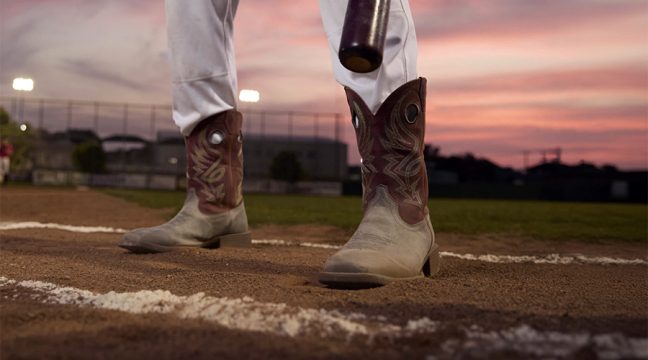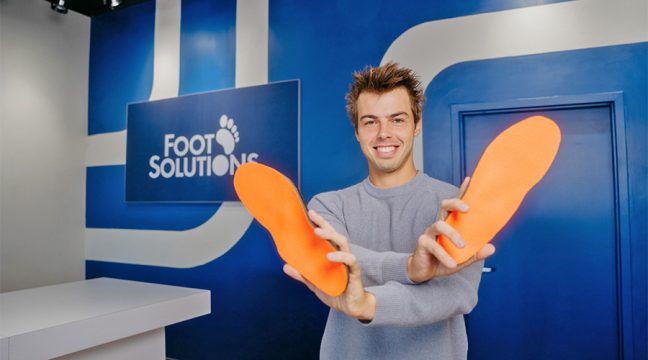According to the Outdoor Industry Foundations 7 th Edition Outdoor Recreation Participation Study released today, 159 million Americans age 16 and older (71% of the population) participated in at least one of 22 human powered outdoor recreation activities in 2004.
Outdoor Industry Foundation (OIF) began tracking participation among Americans age 16 and older in outdoor recreation in 1998 measuring 13 core activities including: backpacking; bicycling on paved roads, dirt, and single track; car camping and camping away from car; canoeing; cross country/Nordic skiing; hiking; rafting; snowshoeing; Telemark skiing; and trail running. Since the study began, OIF has added the 9 additional activities including: bird watching trips; climbing on natural rock; artificial wall climbing; ice climbing; fly-fishing; non-fly fishing; sit on top kayaking; touring/sea kayaking; and whitewater kayaking.
Despite stiff competition for the attention, time, passion and resources of Americans, the 13 core human powered activities were more popular in 2004 than in 1998 by a wide margin. However, they were down from their high in 2001. A comparison of 1998 and 2004 participation levels reveal an increase of 6% and a net increase of nearly 15 million people as the Participant population for the 13 core activities grew to 141 million people. Over this 7 year period, participant levels were up for canoeing, snowshoeing, Telemark skiing, and trail running. Three activities saw a decline over this period backpacking, paved road biking and car camping. Consistent with prior years, the majority of participants recreated by biking, fishing, hiking, or camping.
The popularity of the 13 core human powered activities is being fueled by two key segments-females and young adults. Among females in 2004, participation in at least one of the 13 core human powered activities has grown 10% from 1998s benchmark level and the overall Enthusiast incidence among females has grown 27% over the seven years. Young Americans (16 to 24) have also contributed to the increases in core activity Participant and Enthusiast levels since 1998-increases of 4% and 18% respectively.
From a long term view, key changes in the Participant and Enthusiast populations are evident. In 2004, both populations are increasingly comprised of males, the family-friendly nature of the activities is reflected in the increased number of Participant and Enthusiast households with the presence of children, and human powered activities have made very modest movement towards being more ethnically inclusive. While the overall number of participants recreating in outdoor activities is up over 7 years, participation levels are down from the high in 2001.










